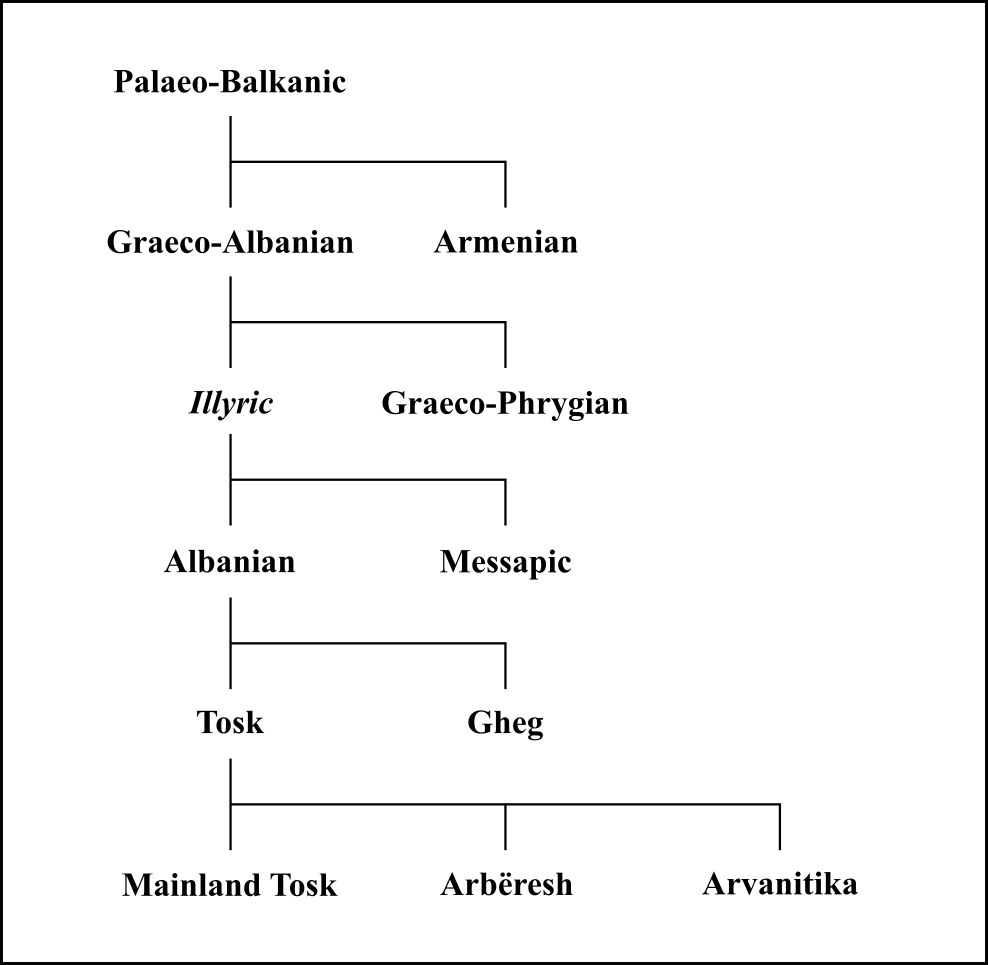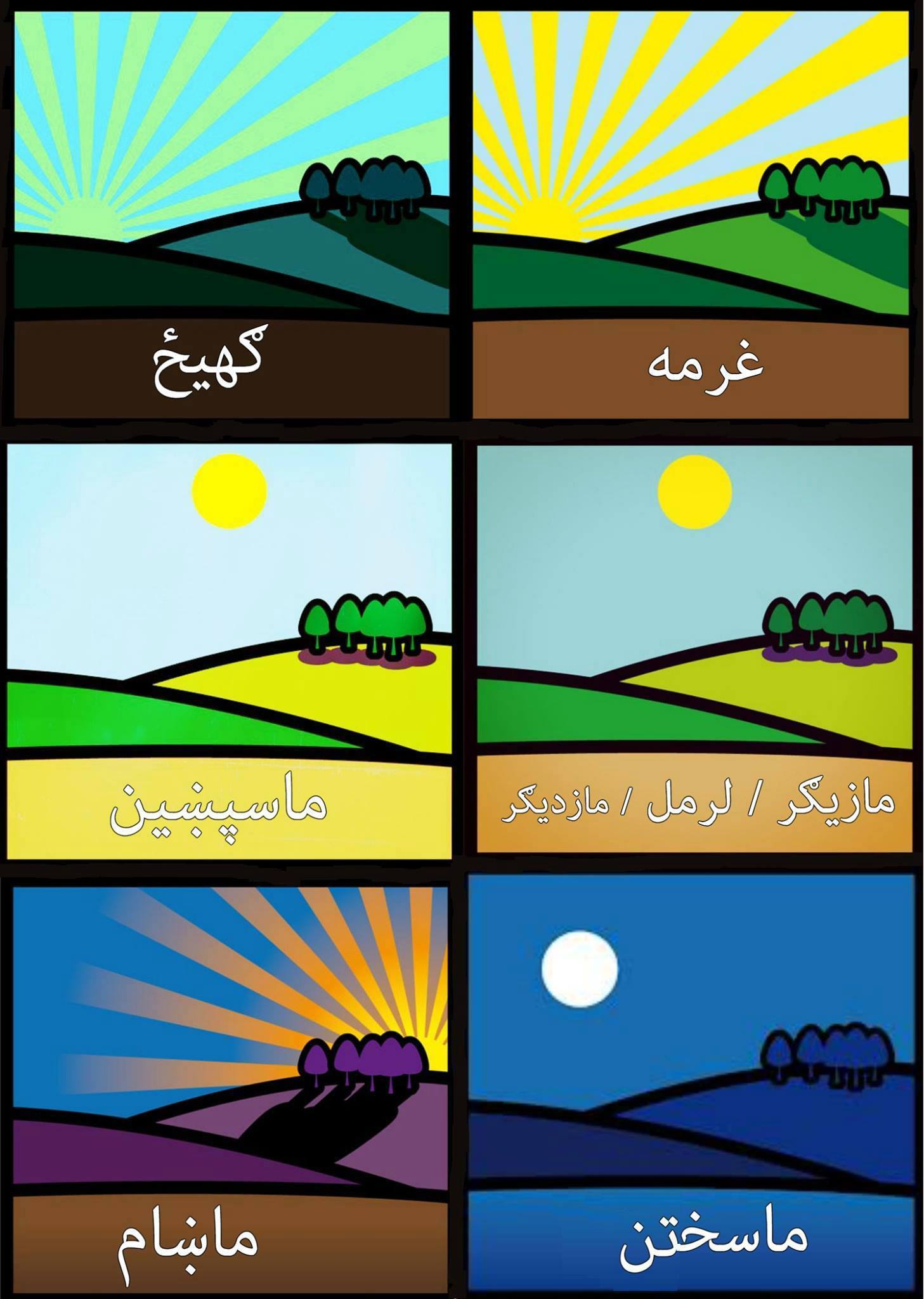|
Pella (other)
Pella ( el, Πέλλα) is an ancient city located in Central Macedonia, Greece. It served as the capital of the Ancient Greece, ancient Greek kingdom of Macedonia (ancient kingdom), Macedon. Pella was probably founded at the beginning of the 4th century BC by Archelaus I of Macedon, Archelaus I as the new capital of Macedon, supplanting Aegae (Macedonia), Aigai. The city was the birthplace of Philip II of Macedon, Philip II in 382 BC, and of Alexander the Great, his son, in 356 BC. Pella quickly became the largest and richest city in Macedonia and flourished particularly under the rule of Cassander and Antigonus II Gonatas, Antigonus II. In 168 BC the city was sacked by the Roman Republic, Romans during the Third Macedonian War and entered a long period of decline, its importance eclipsed by that of the nearby Thessaloniki, Thessalonica. Etymology The name is probably derived from the word ''pella'', ( grc, πέλλα), "stone" which seems to appear in some other toponyms in G ... [...More Info...] [...Related Items...] OR: [Wikipedia] [Google] [Baidu] |
Pella (municipality)
Pella ( el, Πέλλα) is a municipality in the Pella regional unit of Macedonia, Greece. The capital of the municipality is Giannitsa, the largest town of the regional unit. On the site of the ancient city of Pella is the Archaeological Museum of Pella. Municipality The municipality Pella was formed at the 2011 local government reform by the merger of the following 5 former municipalities, that became municipal units: *Giannitsa * Krya Vrysi * Kyrros * Megas Alexandros * Pella (town) The municipality has an area of 669.220 km2, the municipal unit 113.819 km2. The municipality has a population of 63,122 (2011 census). The capital of the municipality of Pella is Giannitsa (population 29,789 at the 2011 census). Other towns are Krya Vrysi (pop. 6,535), Mylotopos (pop. 2,605), Pella (town) (pop. 2,450), Galatades (pop. 2,339), Karyotissa (pop. 1,999), Aravissos (pop. 1,800), Ampeleíai (pop. 1,095), Melíssion (983), Pentaplátanon (956), and Paralímni (816). F ... [...More Info...] [...Related Items...] OR: [Wikipedia] [Google] [Baidu] |
Pellana
Pellana (; Greek: ἡ Πέλλανα, Paus. iii. 20. § 2; τὰ Πέλλανα, Strabo viii. p. 386; Πελλήνη, Xen. ''Hell.'' vii. 5. § 9; Polyb. iv. 81, xvi. 37; Plut. ''Agis'', 8), was a city of ancient Lacedaemonia, on the Eurotas river, and on the road from Sparta to Arcadia. Pellana is now a village and a municipal unit of the municipality of Sparti, Greece. It was a municipality until the 2011 local government reform. The municipal unit has an area of 153.763 km2. The seat of the municipality was in Kastoreio. It was called Καλύβια Γεωργίτσι Kalivia Georgitsi (lit. the huts of Georgitsi) until 1932. Though the site of modern Pellana was clearly occupied in antiquity, it is probably not the site of the ancient Pellana mentioned by Pausanias and other ancient authors. The ancient Pellana was more likely near the modern Sellasia. History According to archaeologist Theodore Spyropoulos, Pellana was the Mycenaean capital of Laconia. ... [...More Info...] [...Related Items...] OR: [Wikipedia] [Google] [Baidu] |
Illyrian Language
The Illyrian language () was an Indo-European language or group of languages spoken by the Illyrians in Southeast Europe during antiquity. The language is unattested with the exception of personal names and placenames. Just enough information can be drawn from these to allow the conclusion that it belonged to the Indo-European language family. In ancient sources, the term " Illyrian" is applied to a wide range of tribes settling in a large area of southeastern Europe, including Ardiaei, Autariatae, Delmatae, Dassareti, Enchelei, Labeatae, Pannonii, Parthini, Taulantii and others (see list of ancient tribes in Illyria). It is not known to what extent all of these tribes formed a homogeneous linguistic group, but the study of the attested eponyms has led to the identification of a linguistic core area in the south of this zone, roughly around what is now Albania and Montenegro, where Illyrian proper is believed to have been spoken. Little is known about the relationships ... [...More Info...] [...Related Items...] OR: [Wikipedia] [Google] [Baidu] |
Old Norse
Old Norse, Old Nordic, or Old Scandinavian, is a stage of development of North Germanic languages, North Germanic dialects before their final divergence into separate Nordic languages. Old Norse was spoken by inhabitants of Scandinavia and their Viking expansion, overseas settlements and chronologically coincides with the Viking Age, the Christianization of Scandinavia and the consolidation of Scandinavian kingdoms from about the 7th to the 15th centuries. The Proto-Norse language developed into Old Norse by the 8th century, and Old Norse began to develop into the modern North Germanic languages in the mid-to-late 14th century, ending the language phase known as Old Norse. These dates, however, are not absolute, since written Old Norse is found well into the 15th century. Old Norse was divided into three dialects: Old West Norse, ''Old West Norse'' or ''Old West Nordic'' (often referred to as ''Old Norse''), Old East Norse, ''Old East Norse'' or ''Old East Nordic'', and ''Ol ... [...More Info...] [...Related Items...] OR: [Wikipedia] [Google] [Baidu] |
German Language
German ( ) is a West Germanic language mainly spoken in Central Europe. It is the most widely spoken and official or co-official language in Germany, Austria, Switzerland, Liechtenstein, and the Italian province of South Tyrol. It is also a co-official language of Luxembourg and Belgium, as well as a national language in Namibia. Outside Germany, it is also spoken by German communities in France ( Bas-Rhin), Czech Republic (North Bohemia), Poland ( Upper Silesia), Slovakia (Bratislava Region), and Hungary ( Sopron). German is most similar to other languages within the West Germanic language branch, including Afrikaans, Dutch, English, the Frisian languages, Low German, Luxembourgish, Scots, and Yiddish. It also contains close similarities in vocabulary to some languages in the North Germanic group, such as Danish, Norwegian, and Swedish. German is the second most widely spoken Germanic language after English, which is also a West Germanic language. German ... [...More Info...] [...Related Items...] OR: [Wikipedia] [Google] [Baidu] |
Proto-Germanic
Proto-Germanic (abbreviated PGmc; also called Common Germanic) is the reconstructed proto-language of the Germanic branch of the Indo-European languages. Proto-Germanic eventually developed from pre-Proto-Germanic into three Germanic branches during the fifth century BC to fifth century AD: West Germanic, East Germanic and North Germanic, which however remained in contact over a considerable time, especially the Ingvaeonic languages (including English), which arose from West Germanic dialects and remained in continued contact with North Germanic. A defining feature of Proto-Germanic is the completion of the process described by Grimm's law, a set of sound changes that occurred between its status as a dialect of Proto-Indo-European and its gradual divergence into a separate language. As it is probable that the development of this sound shift spanned a considerable time (several centuries), Proto-Germanic cannot adequately be reconstructed as a simple node in a tree ... [...More Info...] [...Related Items...] OR: [Wikipedia] [Google] [Baidu] |
Pashto
Pashto (,; , ) is an Eastern Iranian language in the Indo-European language family. It is known in historical Persian literature as Afghani (). Spoken as a native language mostly by ethnic Pashtuns, it is one of the two official languages of Afghanistan alongside Dari, Constitution of Afghanistan �''Chapter 1 The State, Article 16 (Languages) and Article 20 (Anthem)''/ref> and it is the second-largest provincial language of Pakistan, spoken mainly in Khyber Pakhtunkhwa and the northern districts of Balochistan. Likewise, it is the primary language of the Pashtun diaspora around the world. The total number of Pashto-speakers is at least 40 million, (40 million) although some estimates place it as high as 60 million. Pashto is "one of the primary markers of ethnic identity" amongst Pashtuns. Geographic distribution A national language of Afghanistan, Pashto is primarily spoken in the east, south, and southwest, but also in some northern and western parts of the count ... [...More Info...] [...Related Items...] OR: [Wikipedia] [Google] [Baidu] |
Hesychius Of Alexandria
Hesychius of Alexandria ( grc, Ἡσύχιος ὁ Ἀλεξανδρεύς, Hēsýchios ho Alexandreús, lit=Hesychios the Alexandrian) was a Greek grammarian who, probably in the 5th or 6th century AD,E. Dickey, Ancient Greek Scholarship (2007) p. 88. compiled the richest lexicon of unusual and obscure Greek words that has survived, probably by absorbing the works of earlier lexicographers. The work, titled "Alphabetical Collection of All Words" (, ''Synagōgē Pasōn Lexeōn kata Stoicheion''), includes more than 50,000 entries, a copious list of peculiar words, forms and phrases, with an explanation of their meaning, and often with a reference to the author who used them or to the district of Greece where they were current. Hence, the book is of great value to the student of the Ancient Greek dialects and in the restoration of the text of the classical authors generallyparticularly of such writers as Aeschylus and Theocritus, who used many unusual words. Hesychius is importa ... [...More Info...] [...Related Items...] OR: [Wikipedia] [Google] [Baidu] |
Ancient Greek
Ancient Greek includes the forms of the Greek language used in ancient Greece and the ancient world from around 1500 BC to 300 BC. It is often roughly divided into the following periods: Mycenaean Greek (), Dark Ages (), the Archaic period (), and the Classical period (). Ancient Greek was the language of Homer and of fifth-century Athenian historians, playwrights, and philosophers. It has contributed many words to English vocabulary and has been a standard subject of study in educational institutions of the Western world since the Renaissance. This article primarily contains information about the Epic and Classical periods of the language. From the Hellenistic period (), Ancient Greek was followed by Koine Greek, which is regarded as a separate historical stage, although its earliest form closely resembles Attic Greek and its latest form approaches Medieval Greek. There were several regional dialects of Ancient Greek, of which Attic Greek developed into Koi ... [...More Info...] [...Related Items...] OR: [Wikipedia] [Google] [Baidu] |
Vedic Sanskrit
Vedic Sanskrit was an ancient language of the Indo-Aryan subgroup of the Indo-European language family. It is attested in the Vedas and related literature compiled over the period of the mid- 2nd to mid-1st millennium BCE. It was orally preserved, predating the advent of writing by several centuries. Extensive ancient literature in the Vedic Sanskrit language has survived into the modern era, and this has been a major source of information for reconstructing Proto-Indo-European and Proto-Indo-Iranian history. In the pre-historic era, Proto-Indo-Iranian split into Proto-Iranian and Proto-Indo-Aryan and the two languages evolved independently of each other. History Prehistoric derivation The separation of Proto-Indo-Iranian language into Proto-Iranian and Proto-Indo-Aryan is estimated, on linguistic grounds, to have occurred around or before 1800 BCE. The date of composition of the oldest hymns of the Rigveda is vague at best, generally estimated to roughly 1500 BCE. Bo ... [...More Info...] [...Related Items...] OR: [Wikipedia] [Google] [Baidu] |
Proto-Indo-European Language
Proto-Indo-European (PIE) is the reconstructed common ancestor of the Indo-European language family. Its proposed features have been derived by linguistic reconstruction from documented Indo-European languages. No direct record of Proto-Indo-European exists. Far more work has gone into reconstructing PIE than any other proto-language, and it is the best understood of all proto-languages of its age. The majority of linguistic work during the 19th century was devoted to the reconstruction of PIE or its daughter languages, and many of the modern techniques of linguistic reconstruction (such as the comparative method) were developed as a result. PIE is hypothesized to have been spoken as a single language from 4500 BC to 2500 BC during the Late Neolithic to Early Bronze Age, though estimates vary by more than a thousand years. According to the prevailing Kurgan hypothesis, the original homeland of the Proto-Indo-Europeans may have been in the Pontic–Caspian st ... [...More Info...] [...Related Items...] OR: [Wikipedia] [Google] [Baidu] |
_4th_Century_retouched.jpg)





